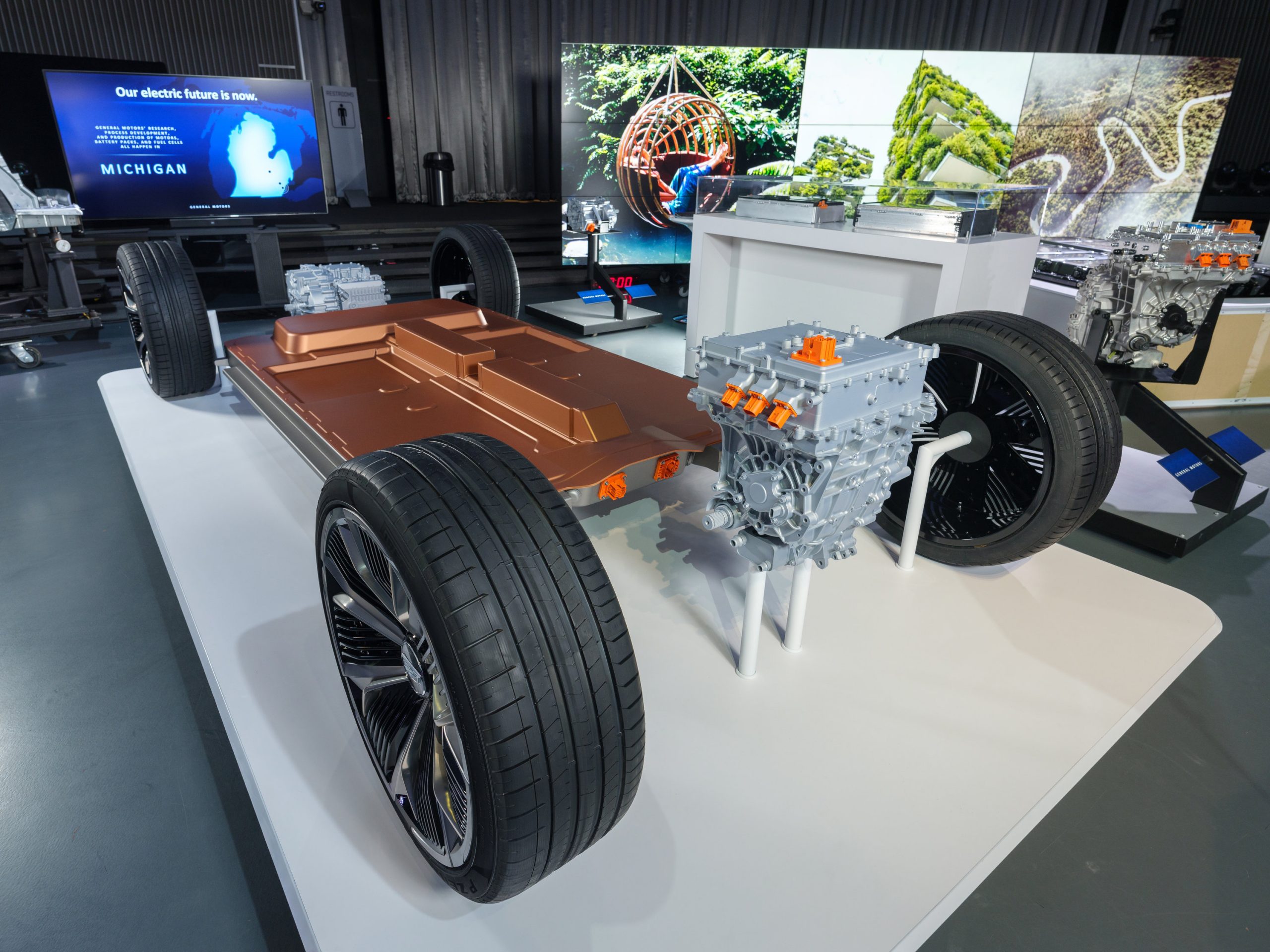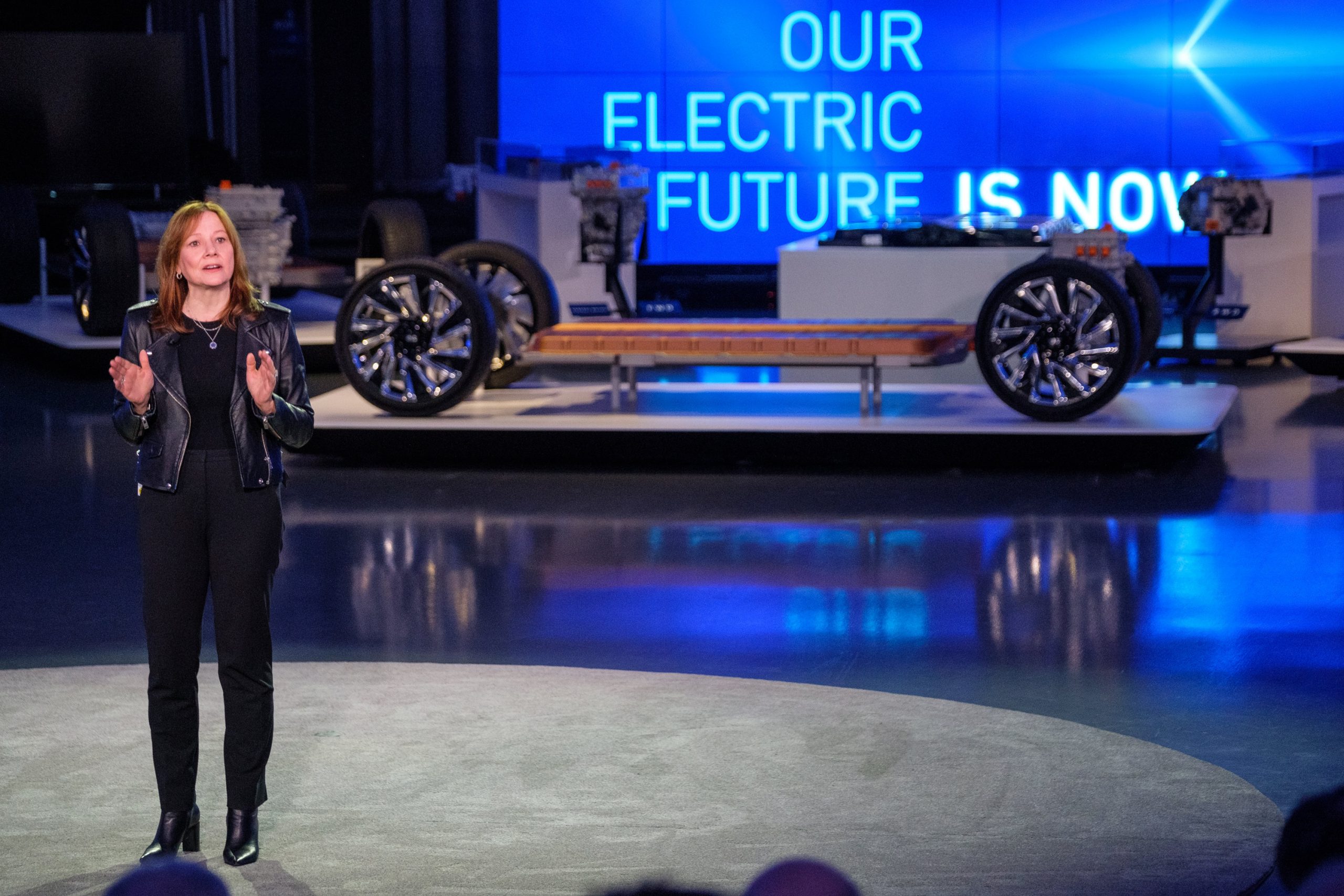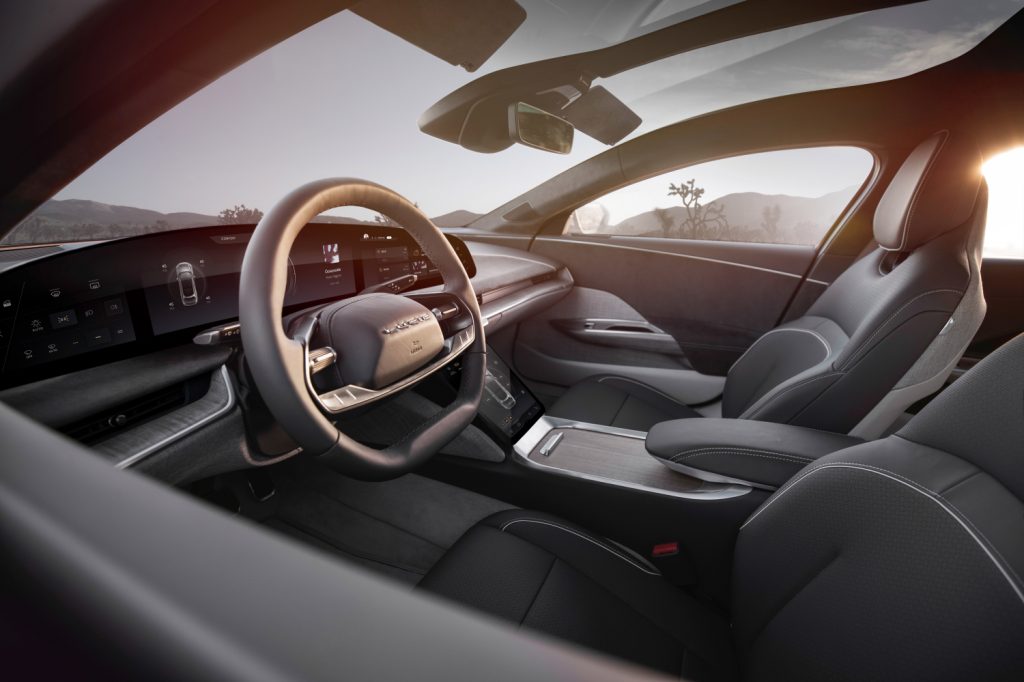
It can be said that Tesla was the manufacturer that made electric vehicles ‘cool’ – as vehicles with real technological horsepower. But going back just 10 short years ago, electric vehicles were not ready for primetime. Back then, what we all wanted (and still want) was the ability to help reduce carbon emissions, but lithium-ion technology was in its infancy, and quite costly. Additionally, charging stations were not just few and far between… they were virtually nonexistent. Now, we are getting used to the sight of charging stations, even if they are not as prominent as the Mobil, Texaco and Shell stations that dot our nation. As the Tesla vehicle lineup grows (along with the company’s stock price), legacy automakers and startups are introducing their own electric vehicles. Some of them have technologies that would make even Mr. Musk do a double-take. Moreover, we will be seeing even greater proliferation of charging stations, so the possibilities of an all-electric road trip are becoming a reality.

GM is locking horns with Tesla to capture some of the electric vehicle market. At CES, the General was bullish on electrification. “General Motors is joining governments and companies around the globe, working to establish a safer, greener and better world,” said Mary Barra, GM chairman and CEO. “We encourage others to follow suit and make a significant impact on our industry and on the economy as a whole.” Right after the show, the company announced work being done with the Environmental Defense Fund. The goal is to have all of GM’s light-duty (meaning passenger) vehicles have zero tailpipe emissions by 2035. Fifteen years does not seem that far away for the phasing out of the internal combustion engine in cars. But it is a lofty goal that seems attainable with halo vehicles such as the GMC Hummer EV ‘Supertruck.’ Environmental Defense Fund President Fred Krupp is working with GM to make all-electric happen: “With this extraordinary step forward, GM is making it crystal clear that taking action to eliminate pollution from all new light-duty vehicles by 2035 is an essential element of any automaker’s business plan. EDF and GM have had some important differences in the past, but this is a new day in America — one where serious collaboration to achieve transportation electrification, science-based climate progress and equitably shared economic opportunity can move our nation forward.”
The Hummer Supertruck

We were able to speak with Tom Namovich, the product manager for Hummer EV. “When we started out with the blank page for Hummer EV, our goal was the build the fastest, most capable and most premium truck. Ever. By doing so, we created the world’s first Supertruck,” according to him. Size-wise, the GMC Hummer EV is about the size of an extended cab pickup truck but with incredible capabilities. Namovich continues, “The heart of our product is innovative technology – this vehicle is leading GM’s charge into electric vehicles with our Ultium battery technology.” The technology is a modular battery system that allows the cells to be stacked horizontally or vertically within the pack, allowing for better packaging depending on the vehicle type and shape. Additionally, GM’s joint venture with LG Chem will drive battery cell costs below $100/kWh. The cells use a proprietary low cobalt chemistry, and ongoing technological and manufacturing breakthroughs that will drive costs even lower. In the Hummer, the battery pack is estimated for 350 miles of range coupled with a fast recharge time of nearly 100 miles in ten minutes when an 800-V, 350kW DC fast charger is available. Namovich notes, “The vehicle itself is quiet because of the electric drivetrain. When you take off the removeable Infinity Roof it allows you to reconnect with the environment. It’s an experience that puts you in the middle of every movement, moving in near silence with nothing between you and the world. Moreover, it is an off-road beast. It can take you virtually anywhere.” This is further enhanced with the Infinity Roof. Four removable roof panels are easily taken off and can be stored in the ‘frunk’ (front trunk) of the Hummer.
When GM comes out with something called a Supertruck, the technology is going to have to be beyond what we have seen in previous GM vehicles. “We have very purposeful technologies built into the vehicle,” Namovich notes. “They are really there not just to do technology for technology’s sake, but to really make it so we have real enhancements to the experience. One of the technologies is our Extract mode. It gives the vehicle an additional four inches of suspension lift to overcome boulders or sand traps. Then there is our Crabwalk, which is accomplished by the four-wheel steering on the vehicle.” Not only can it help you avoid obstacles on the open trail, but it is also very useful for low-speed maneuvers in town. It makes the turning radius similar to a small SUV. “We also have Ultravision, which is our 18-view camera system. It even has front and rear underbody cameras with lens protectors and even a wash to clean the camera system.” The importance of clean camera lenses and keeping sensors clean is going to become even more important as we transition to autonomous vehicles that need to be driven in all weather conditions. Although not fully autonomous, the Hummer will be GMC’s first vehicle to feature Super Cruise: GM’s semi-autonomous cruise control system. This updated Super Cruise hands-free driving system features a new automatic lane-changing feature.
Finally, the Hummer H2 mode that has enthusiasts excited is called Watts to Freedom, or WTF mode. “Our maximum acceleration mode WTF allows for 1000 horsepower and 11,000 lb-ft of torque which delivers a 0-60 time of three seconds,” he says. It was really designed for a track or closed-course operation, but we are sure enthusiasts will use the feature – hopefully in an appropriate, safe environment.
Waking Up Lucid
Lucid is an all-electric startup that has been getting a lot of buzz from the automotive press with the announcement of the Lucid Air. The vehicle is called the Air because of the way Lucid designed the powertrain to maximize space for passengers. However, it is the top model’s dash in the quarter-mile acceleration run of less than 10 seconds that has everyone taking note. Peter Rawlinson, CEO of Lucid, states: “Lucid Motors is driven to make the electric car better, and by doing so, help move the entire industry forward towards accelerated adoption of sustainable mobility. The goal of this relentless approach to developing the world’s most advanced electric vehicle is to benefit all mankind with sustainable, zero emission transportation, and to also attract new customers to the world of EVs. With the Lucid Air, we have created a halo car for the entire industry, one which shows the advancements that are possible by pushing the boundaries of EV technology and performance to new levels.”
In addition to the speed of the Lucid, the battery pack is also touted to deliver more than 500 miles of range in top trim. We are also interested to see how the ADAS components of the Lucid Air pan out. Rawlinson notes, “The Lucid Air’s advanced driver-assistance system (ADAS), Lucid DreamDrive, is a first-of-its-kind platform combining the most comprehensive sensor suite on the market with a cutting-edge Driver Monitoring System, all standard on the Lucid Air Dream Edition. It is the first system of its kind to offer 32 sensors, covering vision, radar and ultrasonics, plus the world’s first standard high-resolution LIDAR in an EV, all working alongside the standard DMS and geo-fenced HD mapping to provide the safest possible approach to Level 2 and Level 3 driver assistance technologies.” According to Lucid, customer deliveries of the Air, which will be produced at Lucid’s new factory in Casa Grande, Ariz., will begin in Spring of 2021.
Jaguar: Leveraging What’s Learned at the Racetrack to our Driveways
James Barclay is the director of the Jaguar Formula E Team. The company has taken what is has learned at the racetrack and applied it to its all-electric I-Pace that has been very successful. Coincidentally, one of those circuits is Red Hook, Brooklyn, N.Y., where a Formula E race is held. The I-Pace was named the 2020 World Car of the Year by automotive journalists. Barclay notes, “Formula E ranks as the third most popular motorsports property globally. It is also the fastest growing. Its fandom places the series ahead of many other longstanding motorsports series and events. It is the first sport with certified net zero carbon footprint since inception – not just motor sports. We returned to racing from Formula 1 to Formula E in 2016. We were the first premium manufacturer to join Formula E. We chose Formula E because we wanted to return to racing, as racing is part of Jaguar’s DNA. Racing has always been about proving technology on the racetrack and bringing it to our consumers.”
In the Formula E racing rulebook, there are some items that teams are allowed to modify and develop, and some items that must be left unchanged. The aerodynamics are similar among the cars, but the teams can bring the electrification technology to the next level. Barclay notes, “We can develop the powertrain: the electric motor, the inverter, gearbox and all of the software and controls – the brains that drive that powertrain to gain maximum performance. From last season to this season, we have refined over 1,000 components. It is essentially a new racecar every year, and we bring what we learn to our consumer vehicles. For example, we took the knowledge we learned last year from pushing the envelope on the racetrack and applied it to the I-Pace. This correlated to a 20-kilometer improvement in range on the consumer vehicle.” It also works as a two-way street. Sometimes the road car technology makes its way into the racecar. For example, the Traffic Sign Recognition technology that displays the speed limit in most Jaguar instrument clusters is also used in the racecar. Barclay notes, “We actually use that technology to give us a cloud-based modeling system during a race. It can look at the other racecars ahead, and that allows us live during a race to analyze our competitors and their state of charge to give us an advantage.” Right now, Jaguar just has the fully electric I-Pace road car, but with the big investment in racing we know there will be upcoming all-electric Jaguar and Land Rover models. We are especially excited to see what Land Rover will come out with – rumors abound of the all-electric Range Rover to be released in 2021. It will feature modular architecture that will accommodate for internal combustion, hybrid or all-electric powerplants.
As trucks and SUVs dominate American driveways, all-electric choices such as a new Range Rover or the Hummer EV will seem less radical to people unfamiliar with EV technology. As is the case for any new technology, as more consumers purchase EVs, the technology will continue to improve. The end game will be beneficial for the environment – and for our daily commute.

Brett Solomon is the lead reporter and writer on 12V products and retailers for Dealerscope. He has been covering the mobile electronics industry for over 20 years.
















